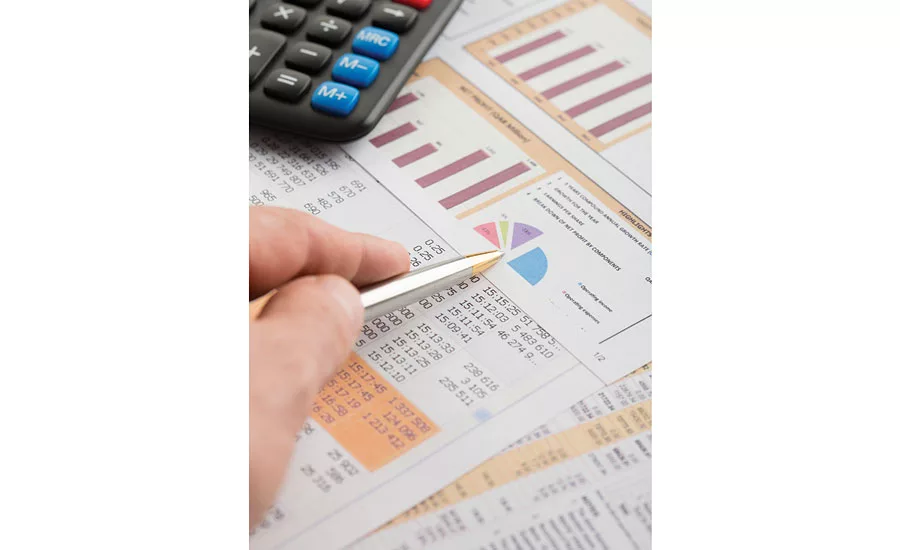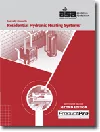Small businesses losing confidence
Interest rates reflect static economy.

The positive outlook that developed shortly after the end of the Great Recession has now started to sag significantly, according to polls reporting on the confidence level of small businesses.
In checking further into this disturbing trend, the levels of new independent business establishments are being outweighed by those cutting back or even closing shop. This is particularly disturbing since small business represents tens of thousands of companies, and millions of employees, that make up America’s business establishment.
These businesses are geared to manufacturing, distribution and retailing of U.S.-manufactured goods and services. They support the world’s largest active consumer sector, both in the people they employ and the value they add to the U.S. gross domestic product of goods and services.
With the onslaught of minimum wage legislation, expanded business and financial regulations and new overtime rules, the risks of forming startups — as well as the growth or maintenance of current employment levels — are increasingly considered injurious to profitable independent-based business conditions.
Also heard from many private owners is the complaint that foreign competition, utilized by large conglomerates, makes it increasingly difficult for companies producing finished goods with 100% U.S. employment to operate profitably.
Further concerns are that the new president and Congress after the upcoming election will do little, if anything, to rectify what these independent business owners believe are government-imposed policies directed at the successful domestically owned and operated businesses. These conditions have accelerated the downward spin in confidence of independent corporate enterprises.
Interest rates reflect static economy
While most of last century’s second half was beset by inflationary upshots, the current low interest rate dormancy has surprised, even dumbfounded, most professional observers.
Most affected seems to be the nation’s Federal Reserve Board, which has provided a sole quarter point interest rate increase since the end of the Great Recession. Despite the FRB previously projecting a minimum of two to three interest rate increases this year, no increase now seems in sight before the Nov. 8 elections.
In fact, a global interest rate drop in late June took the United States along as “deflation interest rates” hit unexpected new lows, reminiscent of past deflationary economic periods. The critical 10-year U.S. Treasury note actually touched a record low of 1.385% late in 2016’s first half, a level not seen since the depth of the Great Recession.
This note, on which most commercial, residential and industrial borrowing is based, set the tone of activity all across the Treasury’s six-month to 30-year credit line. This was engendered by surging of U.S. Treasury debt borrowings worldwide.
It’s safe to say this rash of record interest rate drops in Japan, with a negative 10-year interest rate note, as well as the United Kingdom, Italy and Spain below that of the United States, was a reflection of an overall worldwide economic slowdown recognized by central banks in most of the developed world.
This second half economic pessimism further indicates no signs of a significant pickup during the rest of 2016. Unlike earlier periods, the previous world-leading major growth spurts from China, Germany, Japan and India are conspicuous by their absence.
With professional traders providing much of the world’s currency action, these hedge fund operators appear to focus on the 10-year note, as the exemplar of a global economy that is expected to be dormant for the rest of 2016.
What also has come into play is the belief that the worldwide glut of industrial commodities and agricultural products may not show significant liquidation throughout the rest of the year. Although oil and natural gas prices are expected to increase over the lows of the past two years, the adequacy and even surplus of base products will keep most prices tethered to current low levels.
Coal declines as natural gas surges
While once dominant coal-generated power embraced utility operations almost exclusively, natural gas is enjoying an unprecedented surge still in its early stages.
Coal controlled two-thirds of the developed world’s utility power generation as late as the turn of the century. Crumbling under the crunch of climatological improvement in most of the developed world, use of coal to generate power is expected to be reduced to 20% by 2018. In the United States, it will remain a leftover in utility facilities that have not been updated. It still will be used in underdeveloped economies due to its cost efficiency.
While the impact of disappearing coal power generation already has bankrupted Peabody Energy, once among America’s leading coal producers, it is causing Babcock & Wilcox to drastically reduce its operations, once overwhelmingly dominated by coal.
This unexpectedly rapid drop in coal utilization is indicated by a reduction in U.S. coal-fired equipment from its current $800 million to less than $100 million by the end of this decade, B&W CEO E. James Ferland said during a conference call with analysts. During this call, he dropped his previous estimate of 30% power generation from coal by 2018 to as low as 25% or less. Ferland shocked investors and employees alike with the massive cuts in store for B&W in the foreseeable future.
Simultaneously, the outlook for natural gas has never looked brighter. This once flared-off byproduct from oil fracking is surging in demand for utility power generation. In addition, the conversion of natural gas to liquids as input to chemical manufacturing is just beginning to flex its muscles. With prices already double what they were at the end of last year, the natural gas sector is busy developing LNG conversion facilities and shipping ports, primarily in the Gulf of Mexico area. It is already in the early process of export development, which is highly competitive with natural gas currently available from parts of the Mideast and through Russian pipelines to Central and Eastern Europe.
It’s now estimated that where natural gas was in heavy surplus not too long ago, it is due to double in demand within the next three years, both domestically and for export. U.S. prices are still the cheapest in the world.
Looking for a reprint of this article?
From high-res PDFs to custom plaques, order your copy today!





